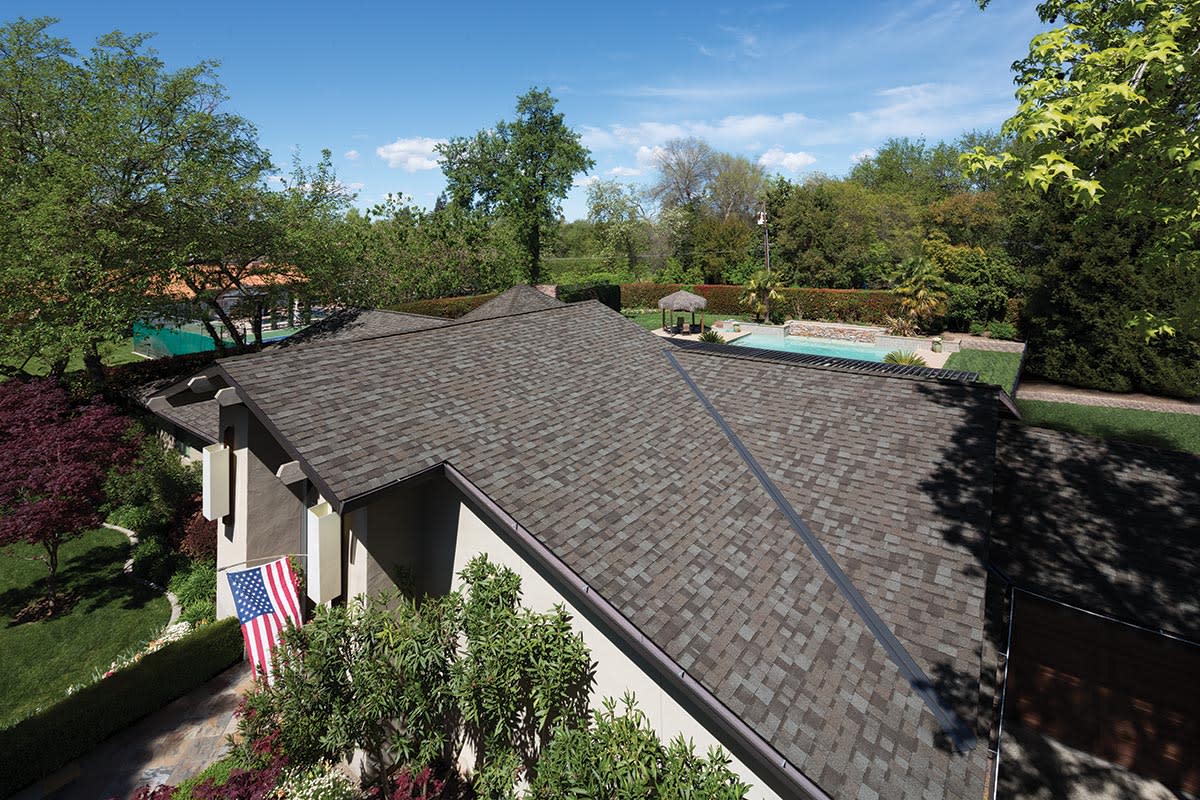The Fundamentals of Roofing Attic Ventilation
This blog serves as a platform to enlighten our clients about essential aspects of their home’s structure, and today, our focus is on the different kinds of roofing attic ventilation systems.
We’ve observed that many homeowners underestimate the significance of adequate attic ventilation. In this post, we aim to address the necessity of roof vents, delve into the variety of roof vents available, and guide you on what to do if your home lacks proper roof ventilation.
Why Are Roof Vents Essential? There are two primary kinds of roof vents – intake and exhaust vents. Intake vents allow fresh air into your home, while exhaust vents expel stale air from your attic. Here are the reasons why a balanced ventilation system is critical for homes in all climates and seasons.
A proper attic ventilation system will:
- Minimize moisture levels in your home
- Eradicate stagnant air
- Prevent the growth of mold, fungus, and mildew in your attic or crawlspace
- Mitigate wood rot
- Restrict attic air from entering your home
- Decrease heating and cooling expenses
- Stop ice dams from forming on your roof
To gain more insights into the importance of home ventilation, you may consider reading this report by the EPA.
Exploring the Types of Roofing Attic Ventilation With the understanding of why ventilation systems matter, let’s now explore the various types available.
Box Vents: Box vents, devoid of moving parts, are otherwise known as low-profile vents, louvers, flat vents, turtle vents, or static vents. They are an exhaust vent type installed above a cut-out hole in the roof, allowing the escape of hot, moist air.
Wind Turbines: Wind turbines operate by using wind power to extract hot and humid air from the attic, providing passive ventilation.
Power Vents: Power vents employ fans to draw out hot air and moisture from the attic. Some power roof vents, hardwired into your home’s system, may feature an adjustable thermostat or humidistat, activating the fan under specific conditions.
Ridge Vents: Installed along the ridge of the roof, continuous ridge vents help circulate air throughout the house, providing efficient exhaust ventilation.
Soffit Vents: These intake air vents are fitted into soffits and eaves and work best when paired with a continuous ridge vent.
Cupola Vents: Though often considered decorative, cupola vents function on the principle that ‘heat rises’. As the warm air ascends, it is vented out through this decorative piece and into the atmosphere.
Gable Vents: Located high on the house’s side within the gable’s peak, gable vents can serve as either intake or exhaust vents in your ventilation system







